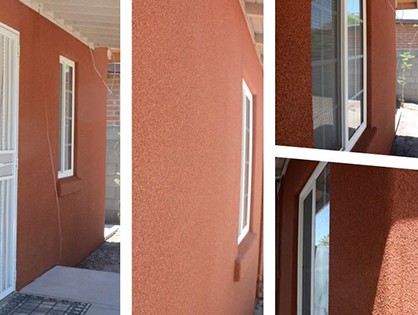Cork is a natural product that comes from the cork oak trees of the Mediterranean region. Unlike many other building materials, cork is environmentally friendly. It also offers superior benefits for home insulation and protection. When it is used for insulation, cork has enviable thermal properties. It also provides insulation from sounds and vibrations.
How does cork perform as an insulating material?
Cork has a thermal resistance of R-3.6 to R-4.2 per inch. This is a better value range than loose fiberglass (R-2.2 to R-2.9 per inch) and fiberglass batts (R-2.9 to R-3.8 per inch). The thermal conductivity of cork is 0.036-0.38 W/mk and its density is 7.0 to 7.5 pounds per cubic foot. Another characteristic of cork insulation is its capacity to cope with significant thermal variations. Cork can handle temperature ranges of negative 292 degrees Fahrenheit to 248 degrees Fahrenheit. This makes it well-suited to insulate homes in every climate.
Is cork a fire-resistant material?
House fires are a concern for every homeowner. Fortunately, cork meets the European Class E designation for fire resistance. Materials meet this standard when they are able to demonstrate the capacity to prevent the passage of flames and hot gases from one side of the material to the other. Unlike most other boardstock insulation products, it isn’t necessary to add flame retardant materials to cork in order to achieve the Class E designation. Furthermore, in one test, a 40 millimeter-thick piece of cork boardstock insulation was held over a flame. The test determined that it would resist burn-through for 60 to 90 minutes.
Is cork insulation resistant to moisture and mold?
Water damage and mold growth are two of a homeowner’s worst nightmares. Both of these problems can end up costing you thousands of dollars in repairs. They may even make the home uninhabitable for a time. Cork has a unique cellular construction that makes it impermeable to liquids. If you have ever wondered why wine stoppers use cork, this is one of the reasons. Cork features a waxy substance, called suberin, which effectively resists moisture. Since cork is so highly moisture-resistant, it also discourages the growth of mildew and mold. As a bonus, cork insulation discourages insect and vermin infestations.
Is cork insulation new to the U.S.?
Yes and no. Cork insulation was actually very popular decades ago. In fact, in 1951, President Harry Truman had workers install cork insulation in the ceiling of the center hall on the third floor of the White House. During Truman’s presidency, cork flooring was also chosen for the fine herringbone pattern in the Oval Office. As an insulating material, cork was widely used until synthetic insulation became available. This new material was cheaper, and since the negative impact on the environment wasn’t well-known, synthetic insulation quickly became more popular than cork. Now that more people understand the critical importance of sustainability, cork is once again becoming widely used in North America.
Are you planning a new construction or renovation project? If so, then be sure to take advantage of the competitive pricing and unbeatable selection of cork building materials available from ThermalCork Solutions. Would you like to learn more? No problem! Give us a call today or browse our website to view our high-quality cork building products for yourself.


